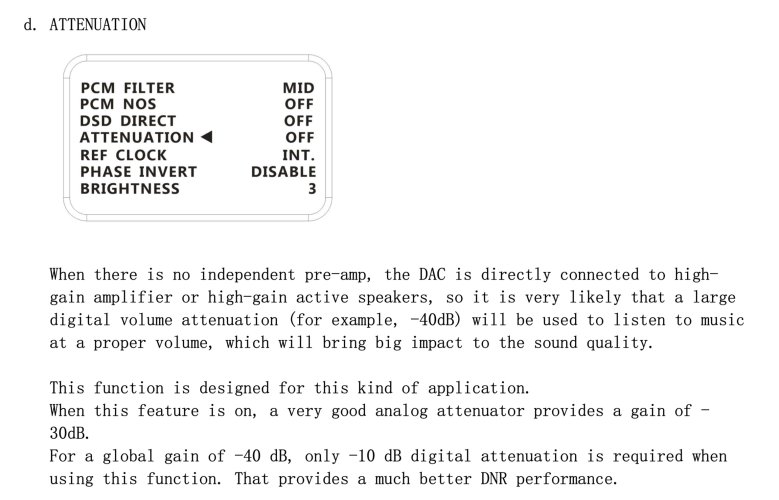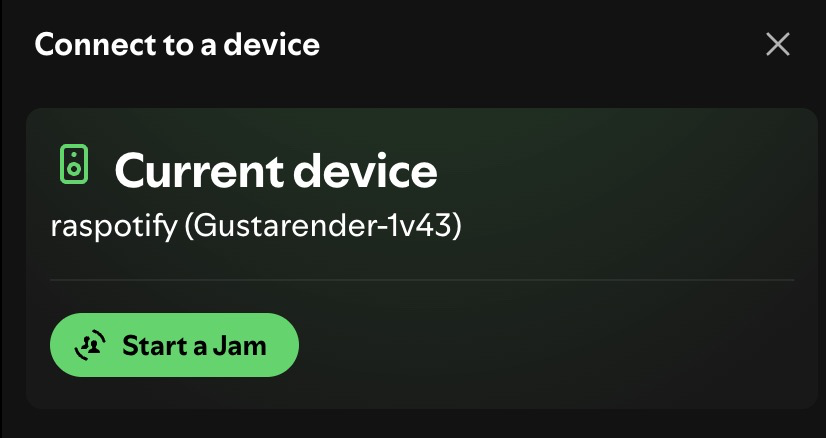A big buffer is an easy way to test if all the gadgets/switches/LPSUs make any difference. Just pull the Ethernet cable and check if anything changes.Happily playing the Gustard R26 over LAN, using Foobar player with Foo_out_upnp.
Foo_out_upnp finds two UPnP endpoint devices for it:
I've got the latter selected, as the first won't play DSD I think, at least the display will show 176 kHz or so playing DSD64
- UPnP : Gustardrender-1v3
- DSD : UPnP : Gustardrender-1v3
No buffering issues; it plays DSD256 happily.
When I pull the ethernet cable from the local ethernet switch, it will keep playing music for several seconds !
Got 2x Delock Network Isolators 6 kV RJ45 with 25 cm CAT7 S/FTP cables in series !
But honestly, I haven't heard a difference with or without these
Similarly, haven't noticed burn in effects, and certainly don't trust my auditory memory.
Last edited:























